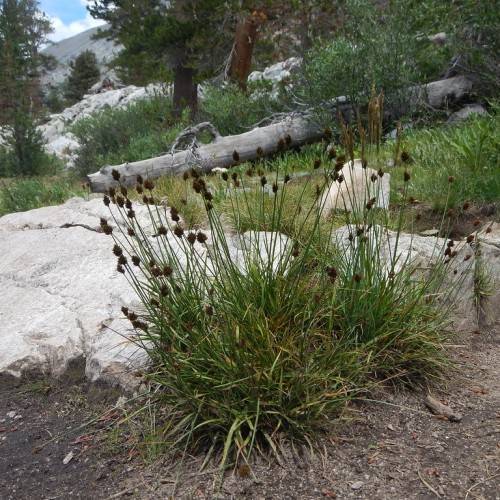
Presl's Sedge
Carex preslii
Also Known As - Elvis' SedgeWatering:
Average
Hardiness Zone:
Flowers:
Flowers
Sun:
Partial Shade, Deciduous Shade (Spring Sun)
Soil:
Loam, Humus Enriched
Leaf:
Yes
Growth Rate:
Low
Drought Tolerant:
Yes
Salt Tolerant:
Yes
Care Level:
Medium
watering
Drooping Sedge should be watered once a week and given about an inch of water each time. It prefers moist soil, so keep an eye on the soil to make sure it does not become overly dry. During the hot summer months, water more frequently if the soil has begun to dry in order to maintain optimal moisture levels. In the winter months, reduce watering as the plant is dormant and requires less water.
sunlight
Drooping Sedge requires medium to low levels of sunlight for optimal growth, with morning or late afternoon sun being ideal. The plant species should be grown in a location with partial shade or filtered sun, as too much direct sunlight can cause scorching or wilting of the plant. It can tolerate full sun but should be given some shade during the hottest times of the day for best results. To prevent excessive wilting, the plant should be given morning sun and/or late afternoon sun for 4-6 hours per day. With proper care, carex prasina will thrive in a partially shaded area.
pruning
Drooping Sedge should be lightly pruned after it blooms in mid to late spring, by removing some of the flowers and flower stems to encourage bushier, more compact growth. In the second or third year of growth, more aggressive and severe pruning may be carried out to reduce the size of overly large plants. This can be done in early summer. Remove up to 1-third of the stems, cutting them back to the ground or to a more manageable size. This will help to maintain the shape of the plant and keep it attractive. In the following spring, any shapeless or overgrown plants should be lightly pruned again.
